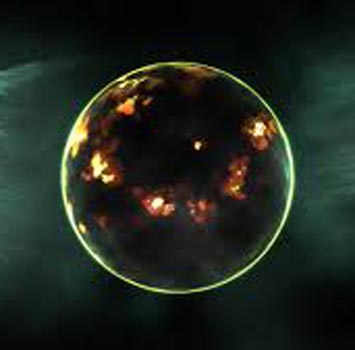Early earth may not have been as 'hellish' as previously imagined
 Washington, Sep 16 - A new study has revealed that the conditions on early earth, which is 500 million years after it was formed, may not be as bad as previously imagined; in fact it might be similar to the present day.
Washington, Sep 16 - A new study has revealed that the conditions on early earth, which is 500 million years after it was formed, may not be as bad as previously imagined; in fact it might be similar to the present day.
The alternate view of Earth's first geologic eon, called the Hadean, has gained substantial new support from the first detailed comparison of zircon crystals that formed more than 4 billion years ago with those formed contemporaneously in Iceland, which has been proposed as a possible geological analog for early Earth.
Conditions on Earth for the first 500 million years after it formed may have been surprisingly similar to the present day, complete with oceans, continents and active crustal plates.
From the early 20th century up through the 1980's, geologists generally agreed that conditions during the Hadean period were utterly hostile to life. Inability to find rock formations from the period led them to conclude that early Earth was hellishly hot, either entirely molten or subject to such intense asteroid bombardment that any rocks that formed were rapidly remelted. As a result, they pictured the surface of the Earth as covered by a giant "Magma Ocean."
This perception began to change about 30 years ago when geologists discovered zircon crystals (a mineral typically associated with granite) with ages exceeding 4 billion years old preserved in younger sandstones.
Since then zircon studies have revealed that the Hadean Earth was not the uniformly hellish place previously imagined, but during some periods possessed an established crust cool enough so that surface water could form, possibly on the scale of oceans.
Calvin Miller said they discovered that Icelandic zircons are quite distinctive from crystals formed in other locations on modern Earth and they also found that they formed in magmas that are remarkably different from those in which the Hadean zircons grew.
Their analysis found that Icelandic zircons grew from much hotter magmas than Hadean zircons. Although surface water played an important role in the generation of both Icelandic and Hadean crystals, in the Icelandic case the water was extremely hot when it interacted with the source rocks while the Hadean water-rock interactions were at significantly lower temperatures.
The study is published in the journal Earth and Planetary Science Letters. (ANI)